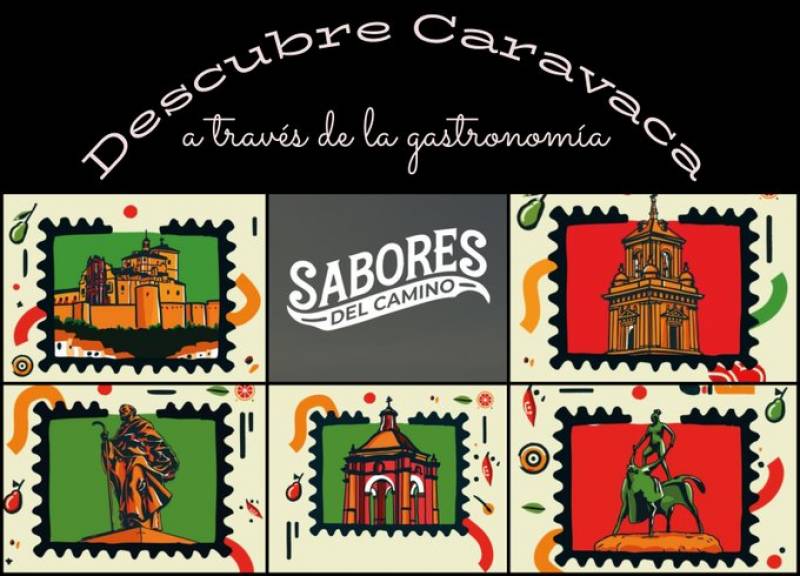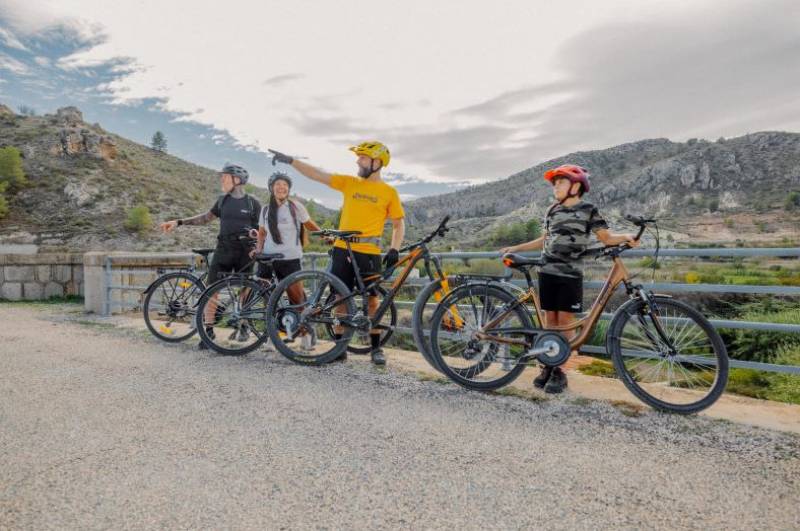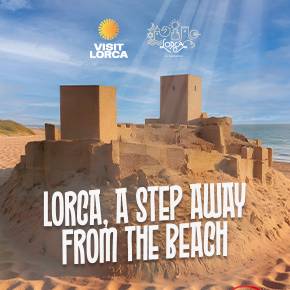

- EDITIONS:
 Spanish News Today
Spanish News Today
 Murcia Today
Murcia Today
 Alicante Today
Alicante Today
The village and rural district of La Encarnación in Caravaca de la Cruz
Millennia of archaeological remains have been found in the picturesque mountain scenery of La Encarnación
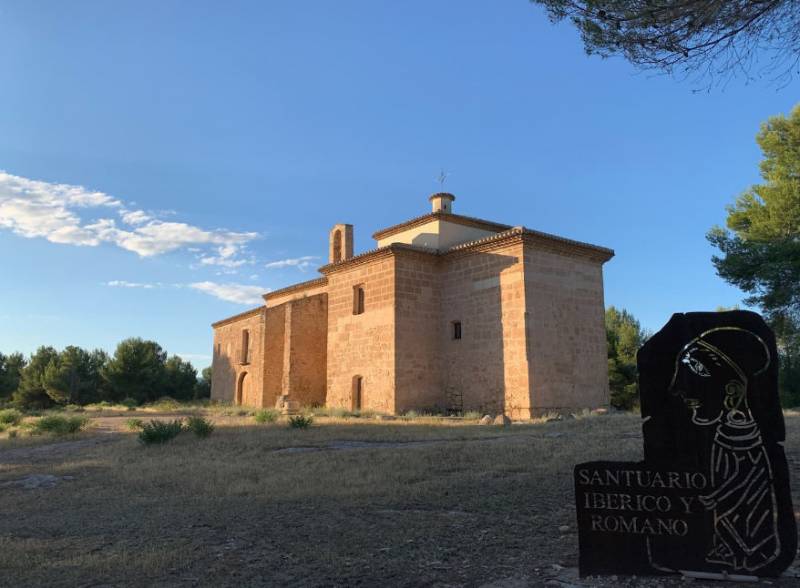 It has been said that if one place in the Region of Murcia above all others can boast archaeological remains which transcend the centuries, representing a wide range of historical and prehistoric ages, that place is La Encarnación.
It has been said that if one place in the Region of Murcia above all others can boast archaeological remains which transcend the centuries, representing a wide range of historical and prehistoric ages, that place is La Encarnación.
The earliest prehistoric remains in La Encarnación
It seems that human beings were present in or close to La Encarnación in the early stages of their migration into Europe from Africa, and at the Cueva Negra in the Gorge of the River Quípar is one of the oldest paleontological sites in Spain. In 1990, a team led by Professor Michael Walker discovered the remains of hominids dating back 400,000 years, belonging to Homo Heidelbergensis (a forerunner of Neanderthal Man).
Ancient history
Just outside where the village now stands is the old chapel of the Virgen de las Cuevas, the first patron of the settlement, and it has been determined that the small place of worship was built here in the 18th century. But this was a sacred site long before, and prior to that there were two Roman temples from the 2nd century AD and even a temple built by the Iberian tribes. The Iberians traded with the Phoenicians, the Greeks and the Carthaginians, and we know that they built on the hills of Los Villares and Los Villaricos.
Going back even further, in the gorge of the River Quípar is a site known as the Placica de Armas which consists of a double defensive wall and dates from the Bronze Age.
Remains have also been found close to the gorge of the Estrecho de las Cuevas from the Argaric culture, which flourished in south-eastern Spain between 2200 and 1500 BC, showing that small settlements existed in the area, close to the fresh water supply guaranteed by the river, approximately 3,700 years ago.
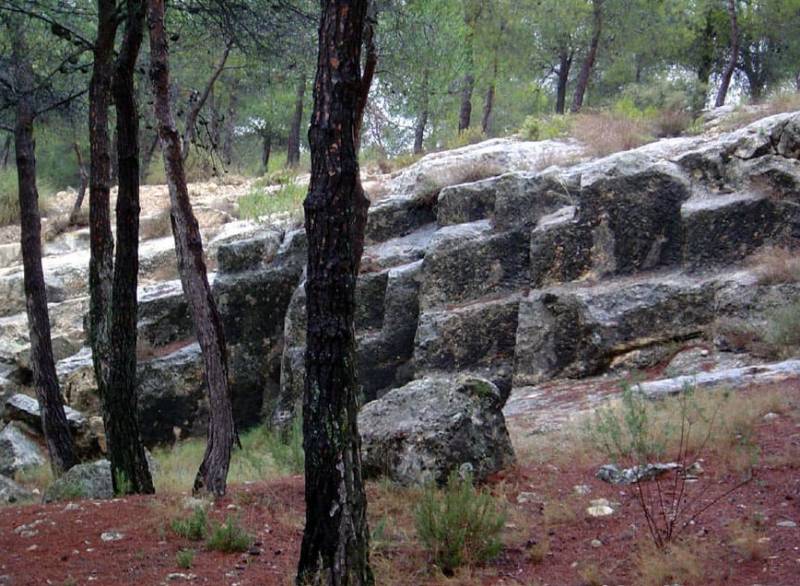 The Middle Ages onwards
The Middle Ages onwards
In the Middle Ages, when the Christians took control from the Moors, little is known about the area, although the remains of the “Cueva del Rey Moro” (Cave of the Moorish King) are an interesting fortification looking out over the communications route which led to the Islamic Kingdom of Andalucia. It is not until the 18th century that the picture becomes clear again due to the records of landowners and farming activity.
Nowadays, La Encarnación is a small village (under 300 inhabitants) 12 kilometres south-west of the Holy City of Caravaca de la Cruz. Its location makes it attractive to visitors, and the Depth of its history brings even more to a place with such a long story to tell!
The archaeological sites at the Ermita de la Encarnación
The small church of La Encarnación is north-west of the village and is reached via a turn-off from the RM-711 Lorca-Caravaca road (click for map). The main elements are a sanctuary built during the Roman Republic (1st century AD), and beneath this the remains of a previous Iberian temple, as well as a large stone quarry from which the building materials were extracted.
Along with other sites in Archivel and at the olive press of Fuente de la Teja, this demonstrates that there must have been a considerable Roman population in the area.
The existence of these remains has always been known about and in the 16th century they began to attract the attention of historians. Some scholars identified them with the ancient city of Asso, which was mentioned by Ptolemy, but this now seems unlikely.
The Cueva del Rey Moro
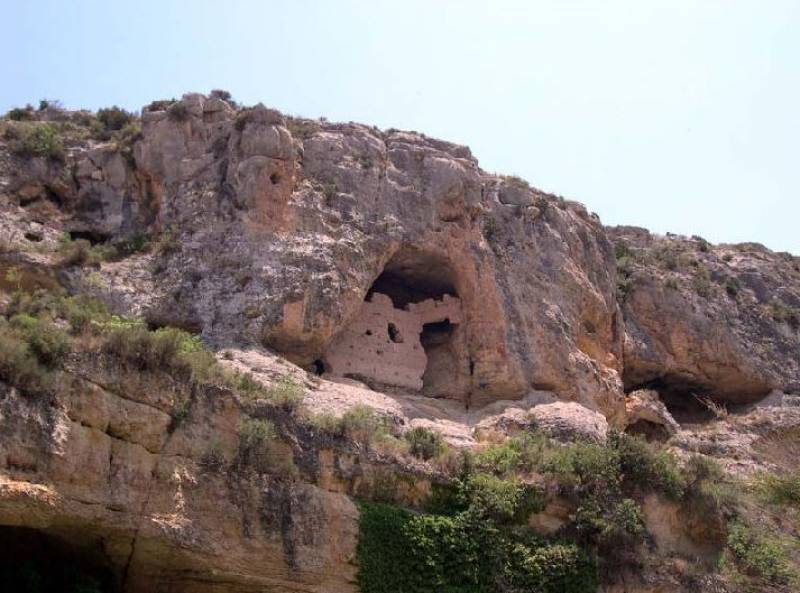 This unusual construction is located in one of the most spectacular spots in the Region of Murcia: the gorge known as the Estrecho de las Cuevas, a small valley formed by the River Quípar. It is a fortification which was built in the 12th or 13th century in a natural cave or rock shelter to guard over the old route from Caravaca to Granada and consists of a mortar wall to provide shelter and protection for those manning it.
This unusual construction is located in one of the most spectacular spots in the Region of Murcia: the gorge known as the Estrecho de las Cuevas, a small valley formed by the River Quípar. It is a fortification which was built in the 12th or 13th century in a natural cave or rock shelter to guard over the old route from Caravaca to Granada and consists of a mortar wall to provide shelter and protection for those manning it.
It stands some 15 metres above the river and atop the wall were battlements to further strengthen the position. Arrow slits and embrasures can also be seen and there was once a wooden roof on top of the structure.
The Cueva del Rey Moro has been declared an Item of Cultural Interest, but very little is known about exactly who built it or when. It is not even sure whether the builders were Christians or Moors, but it seems that it was built to be staffed by no more than 4 or 5 men at a time – from such a position of strength, they would have been enough to seriously inconvenience a far larger group of enemy troops!
La Placica de Armas
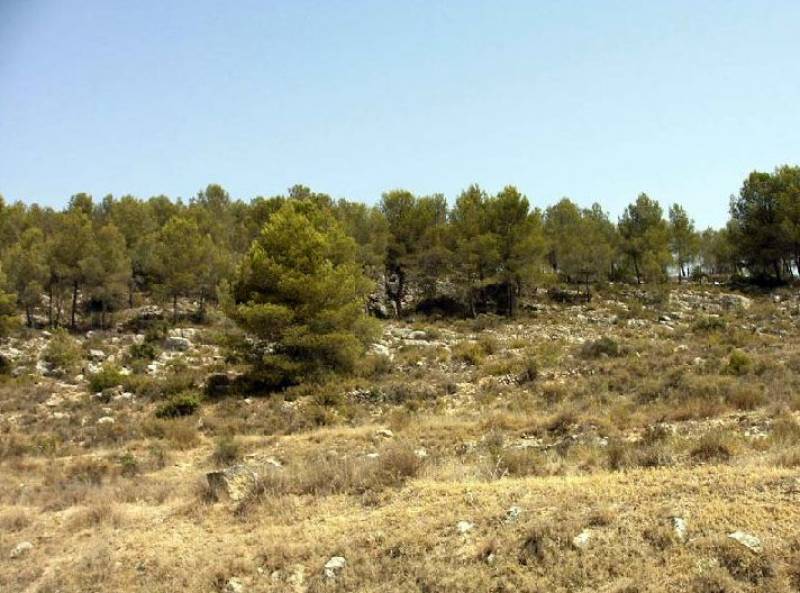 The site of La Placica is arguably the most important Argaric site in Caravaca and is located between two other known Argaric sites in Los Villares and Los Villaricos. It was built on a large, flat platform on top of a hill on the left bank of the River Quípar, and although it has been largely concealed by agricultural activity it is still possible to see the remains of walls and homes.
The site of La Placica is arguably the most important Argaric site in Caravaca and is located between two other known Argaric sites in Los Villares and Los Villaricos. It was built on a large, flat platform on top of a hill on the left bank of the River Quípar, and although it has been largely concealed by agricultural activity it is still possible to see the remains of walls and homes.
Numerous fragments of pottery have also been found on the hillside and it is though that this was the starting point for the settlement in the gorge of La Encarnación, dating from between 1800 and 1200 BC. At some point it was abandoned and the inhabitants moved to Los Villares and Los Villaricos, where their safety was easier to guarantee and they could watch over the surrounding area far more easily.
The site is far from well preserved, as farmers mover the rocks and stones in order to till the land. In its heyday the walls would have reached a height of 2 metres or so, and the two concentric rings were around 8 metres apart.
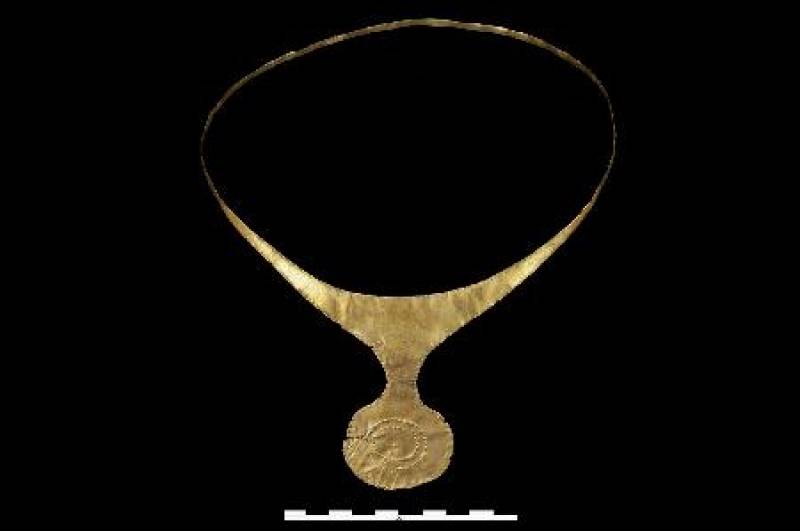 The most important finding at La Placica is a gold tiara which is now kept in the National Archaeological Museum in Madrid. No piece like this has been found anywhere else and it must have belonged to a woman of extremely high status at some time between 1500 and 1300 BC.
The most important finding at La Placica is a gold tiara which is now kept in the National Archaeological Museum in Madrid. No piece like this has been found anywhere else and it must have belonged to a woman of extremely high status at some time between 1500 and 1300 BC.
Curiously, this magnificent item was found by chance by a farm worker on land belonging to Blas Marsilla Melgares, who gave it to his brother-in-law, Amancio Marín de Cuenca. It made its way to the National Archaeology Museum in 1925.
For more local information including news and what’s on, go to the home page of Caravaca Today.







